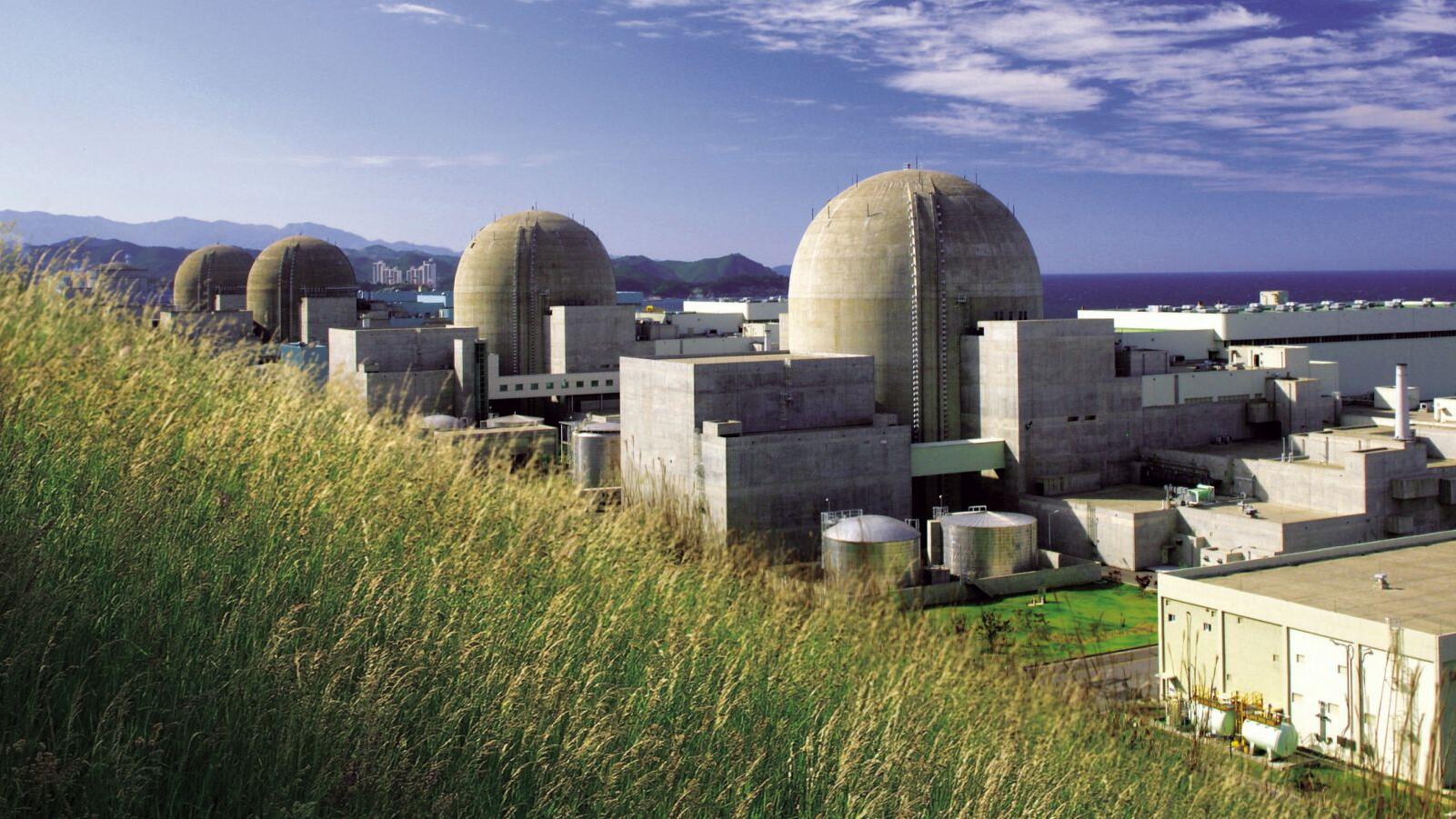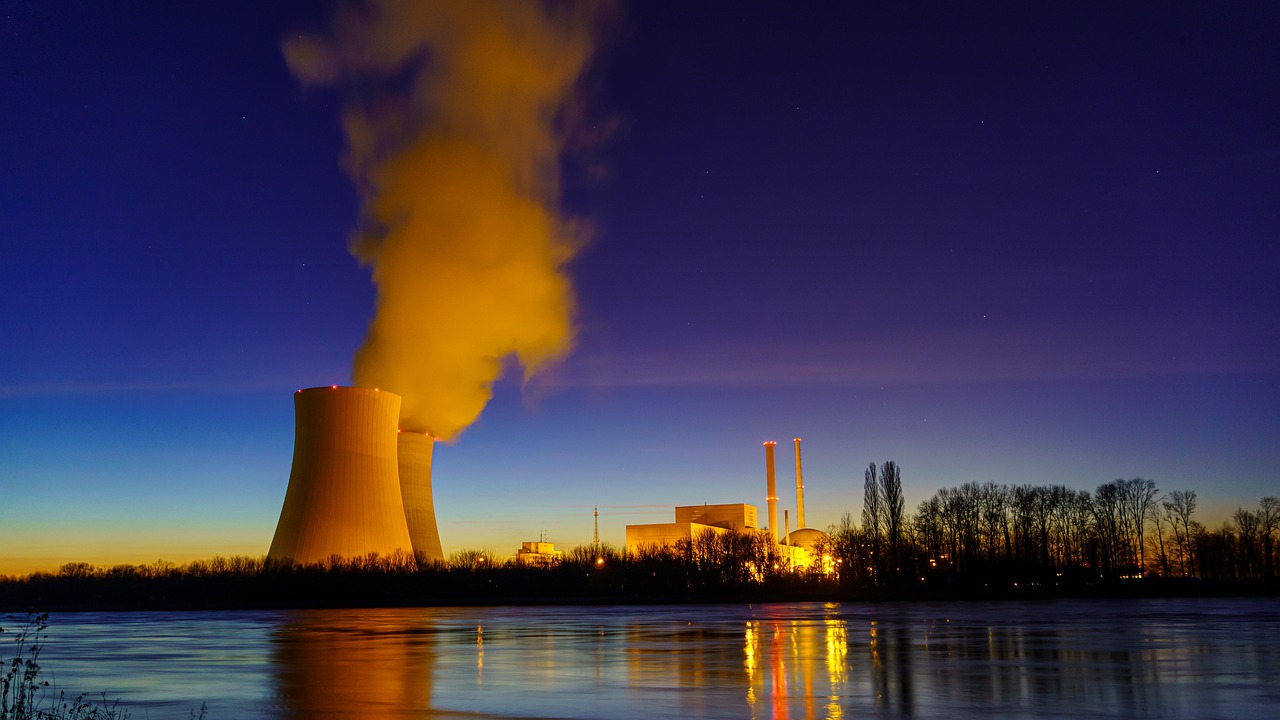 Policy & Regulation
Policy & RegulationWill South Korea’s energy transition include nuclear?
Summary
In May last year, President Moon was elected after the impeachment of the former president driven by peaceful protests. With 24 reactors in operation, South Korea has the highest density of nuclear power plants among those countries with more than ten reactors. The oldest nuclear power plant (Kori 1) was shut down permanently last June. After the government stopped the construction, it faced backlash from nuclear scientists and the opposite party. General opinion in Korea supports maintaining the share of nuclear energy in the energy mix even though the president who came into power through massive protests says that he wants South Korea to be a nuclear-free country. The electricity mix is currently 40% from coal, 30% from nuclear, 22% from natural gas, and 4% from renewable energy. Environmental awareness has been raised and concerns over nuclear have become bigger. If interest groups in renewable energy movements are growing in the nuclear energy are growing. It is a difficult question both for North as well as South Korea.
Open full article
Will South Korea’s energy transition include nuclear?
Ulchin Nuclear Power Plant won’t be closing any time soon, although President Moon had hoped to reduce the share of nuclear in Korea (Photo by IAEA, edited, CC BY-SA 2.0)
From Yi hyun kang, Energy Transition.
Last month, there was surprising news from the Korean peninsula. First, Kim Jong-un of North Korea and Moon Jae-in, the South Korean president, agreed to have a summit for the first time in ten years. Then shortly after, Kim Jong-un proposed a talk to Trump and Trump accepted it! This is a significant change from last year's nuclear war threats.
But while the world is paying attention to North Korea's nuclear weapons, interesting developments are going on in South Korea's energy sector. However, this side of the Korean Peninsula is not often in international news.
Energy in South Korea
In May last year, President Moon was elected after the impeachment of the former president driven by peaceful protests against corruption. Moon pledged to pursue different policies from the previous president in every aspect. One of his pledges was making South Korea a nuclear-free country and increasing the share of renewable energy to 20% of the energy mix by 2030.
South Korea remains heavily dependent on fossil fuels and nuclear. The electricity mix is currently 40% from coal, 30% from nuclear, 22% from natural gas, and 4% from renewable energy. With 24 reactors in operation, South Korea has the highest density of nuclear power plants among those countries with more than ten reactors.
The government seemed to have strong political will for a transition away from nuclear energy. The oldest nuclear power plant (Kori 1) was shut down permanently last June. At the ceremony, President Moon made a speech announcing that new nuclear power plant plans will be cancelled; existing nuclear power plants will not have their service lives extended, and old nuclear power plants will be closed as soon as possible.
The first step was to stop the construction of two nuclear power plants (Shin-Kori 5 and 6) which were still in their early stages. However, almost one year has passed now and South Korea's energy transition is still being pursued with those two nuclear power plants under construction. What happened?
Backlash against nuclear phaseout
Soon after the government stopped the construction, it faced backlash from nuclear scientists and the opposite party. The government suggested forming a citizens' committee on the issue making the process democratic. 471 people who were randomly contacted by phone and decided to join the committee had discussions with experts and stakeholders on both sides. Three months later, in their last session, the committee voted whether to continue the construction of the two nuclear power plants or not. The result was: 59.5% voted for resuming the construction whereas 40.5% against it. The interesting point was that the percentage of support grew higher than the beginning of the committee. Although the majority of the participants agreed to reduce nuclear share in the future, 45% agreed to maintain it or even increase it. The committee therefore recommended the government to resume the construction of nuclear plants, which the government did.
The conclusion of the citizens' committee can be seen rather shocking to many people, especially in Germany. Many environmental activists in South Korea were also surprised because anti-nuclear movements seemed to have grown stronger after the Fukushima disaster in neighboring Japan.
However, the committee's conclusion implies the particular challenge that South Korea's energy transition has to face. General opinion in Korea supports maintaining the share of nuclear energy in the energy mix even though the president who came into power through massive protests says that he wants South Korea to be a nuclear-free country.
Why do Koreans support nuclear energy?
Nuclear energy has been seen for a long time as cheap and efficient energy which will promote Korea's economic growth. Under the Green Growth plan, the Korean government has strategically promoted nuclear by attempting to get contracts to build nuclear power plants in other countries as a way to export Korean technology.
Powerful interest groups have been created in the nuclear industry. Even though the new government is trying to cut itself from the previous government's legacy, it is almost impossible for South Korean major parties to go against the aspiration for economic development. Nuclear technology is regarded as a symbol of achievement. In addition, many people are worried that electricity bills will increase during the energy transition, even though electricity bills in South Korea are relatively cheap.
The Korean government is still strongly pushing for an energy transition. According to the 8th Basic Plan for Electricity Supply and Demand announced last December, South Korea will gradually reduce nuclear share from 30% to 23.9% by 2030. However, the share will remain larger than that of renewable energy (20%).
How long will nuclear energy last in Korea? It is a difficult question both for North as well as South Korea. Hope is there; grassroots renewable energy movements are growing. Environmental awareness has been raised and concerns over nuclear have become bigger. If interest groups in renewable energy gain more power in the energy industry, they can accelerate energy transition in South Korea without nuclear.
_____________
Stay tuned! Best ideas for energy efficiency and energy transition...
About the author
YI HYUN KANG is a PhD sudent at the School of Governance, Technical University of Munich, former journalist at Pressian, a Korean online newspaper. She is interested in climate change, water and policy change issues.



